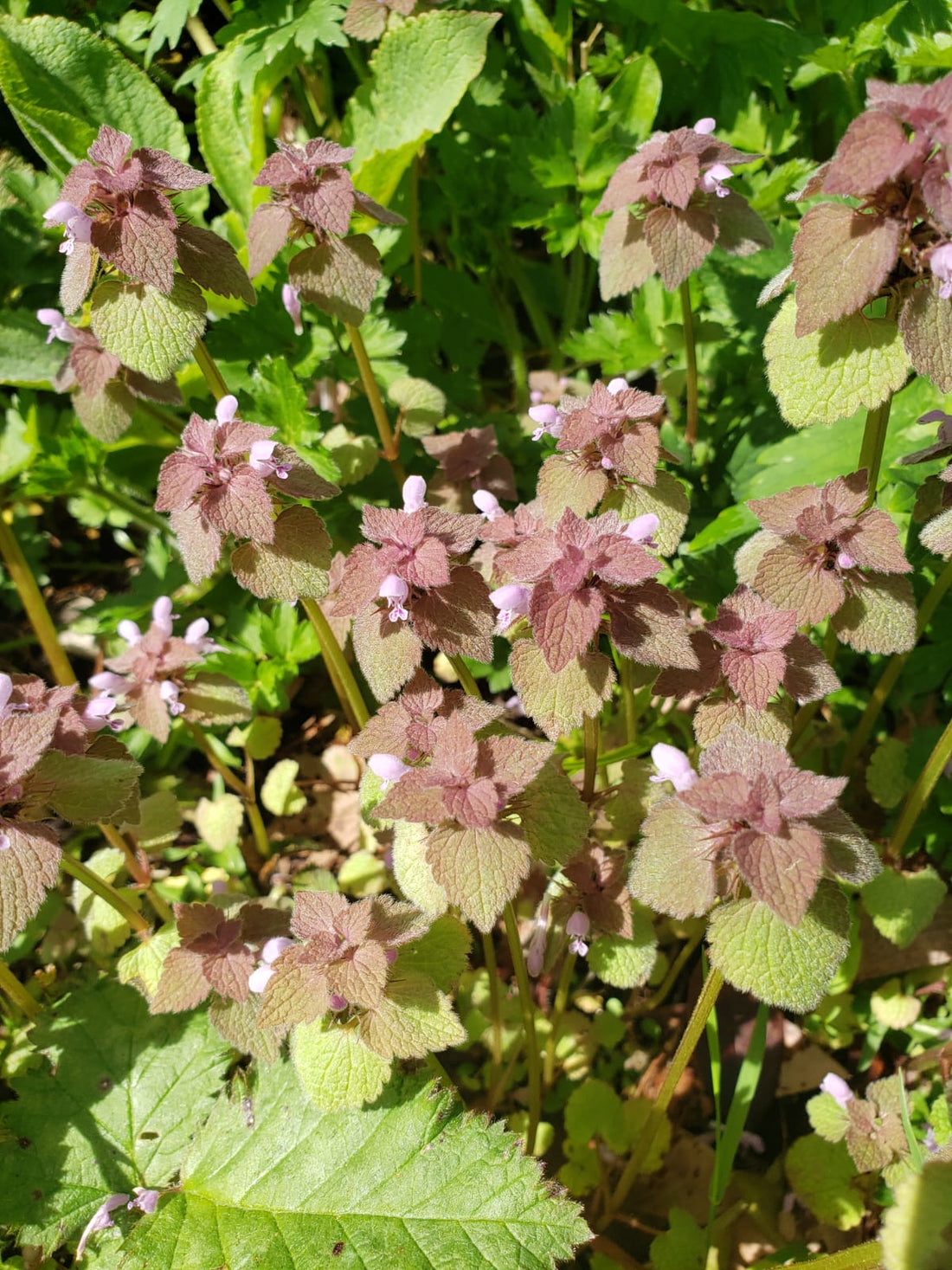
Embracing the Wild: How Native Plants & Weeds Can Make Gardening Easier
Spring is one of the most hopeful and exciting seasons for a gardener. After months of cold and gray, we’re itching to dig in the dirt, wander through the garden, and dream about all the fresh veggies, fruits, and flowers that will soon fill our kitchens and pantries. I’m lucky enough to have a greenhouse, which—no matter how chilly it is outside—feels like a tiny tropical escape, a warm reminder that the growing season is just around the corner.
But let’s be honest—sometimes my gardening dreams are a bit too big. I plan and envision an overflowing, perfectly tended garden, but the reality? Life gets busy, weeds take over, and some things just don’t grow like I imagined. That’s why one of my favorite gardening hacks is planting natives.
Why Native Plants Are a Gardener’s Best Friend
Native plants are the ultimate low-maintenance garden addition. Once established, they pretty much take care of themselves—no constant watering, no fussing over soil conditions, and no worrying about whether they’ll survive a rough season. Even better, they help take care of the ecosystem, providing essential food and shelter for bees, butterflies, and other pollinators. Many natives stay evergreen year-round, adding beauty to your space without requiring much effort from you.
At Foxglove Forest Farm, we have a selection of native plants available, but many garden centers do too. Adding just a few to your landscape can transform your space into a thriving, low-maintenance haven that works with nature rather than against it.
The Secret Superpowers of “Weeds”
Another trick to save time (and your back!) in the garden is to rethink how you see weeds. What if those so-called "pesky invaders" were actually some of the most powerful medicinal and edible plants around?
Take the Dandelion, for example. Most people see it as a weed that needs to be wiped out, but in reality, it’s a nutritional and medicinal powerhouse. Early settlers actually brought dandelions to North America on purpose because of their value—every part of the plant, from root to flower, can be used. Instead of trying to eradicate them, maybe it’s time to embrace their benefits.
And dandelions are just the beginning. Many common “weeds” are actually plant allies with amazing properties. Some of the best-known include:
*Plantain – A natural remedy for cuts, bites, and stings
*Mullein – Supports lung health and respiratory function
*Purple Dead Nettle – A mild anti-inflammatory, great for teas and salves
*Stinging Nettle – Nutrient-rich and great for teas or soups
*Yarrow – Helps stop bleeding and soothes wounds
*Cleavers (Bedstraw) – A gentle detoxifier, great for the lymphatic system
*Purslane – Packed with Omega-3s and great in salads
*Self-Heal – Supports immune health and speeds up wound healing
The more you open your eyes to the plants around you, the more you’ll see medicine growing everywhere. Instead of spending hours pulling these plants from your garden beds, why not learn to appreciate them?
Let Your Garden Grow Wild
At Foxglove Forest Farm, we like to say it’s a place "where dreams grow wild." But your yard can be that too. You don’t need to spend a fortune on landscaping or douse your soil in chemicals to keep things tidy. By welcoming native plants and embracing the gifts of so-called "weeds," you can create a garden that’s not only beautiful and thriving but also deeply connected to the natural world.
So this spring, before you reach for the weed killer, take a pause. Take a walk through your yard with fresh eyes. You just might discover that the plants you’ve been fighting against are the very ones trying to help you.

